Cleaning Logitech keyboards and mice
Before you clean your device:
Unplug it from your computer and make sure it’s turned off.
Remove the batteries.
Keep liquids away from your device, and don’t use solvents or abrasives.
To clean your Touchpad, and other touch-sensitive and gesture-capable devices:
Use lens cleaner to lightly moisten a soft, lint-free cloth and gently wipe down your
device.
To clean your keyboard:
Use compressed air to remove any loose debris and dust between the keys. To clean the
keys, use water to lightly moisten a soft, lint-free cloth and gently wipe down the keys.
To clean your mouse:
Use water to lightly moisten a soft, lint-free cloth and gently wipe down the mouse.
NOTE: In most cases, you can use isopropyl alcohol (rubbing alcohol) and anti-bacterial wipes.
Before using rubbing alcohol or wipes, we suggest you test it first in an inconspicuous area to
make sure it doesn’t cause discoloration or remove the lettering from the keys.
Wireless product not working properly when also using a USB 3.0
device
When using a USB 2.0 2.4GHz wireless peripheral device (such as a mouse, keyboard, or
headphones) with a PC that also has a USB 3.0 peripheral device plugged in, you may
experience erratic operation caused by interference. This is especially likely to happen when
using USB 3.0 remote hard drives or flash drives.
This interference may result in:
Delayed response to mouse or keyboard inputs
Missing keyboard characters or mouse commands
Decreased operating distance between the USB 2.0 wireless device and its receiver
There are some techniques that can help early adopters of USB 3.0 to mitigate potential problems
with their existing 2.4GHz wireless devices:
If your PC has multiple USB 2.0 connectors available, separate your USB 3.0 and USB
2.0 receivers by as much distance as possible. For example, if your PC has a choice of

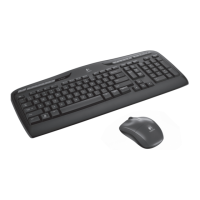
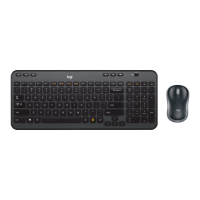

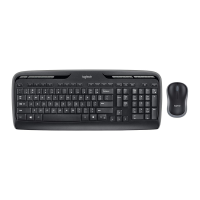
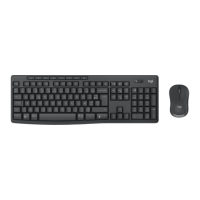
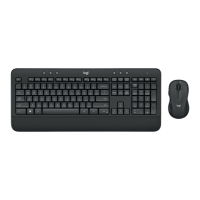
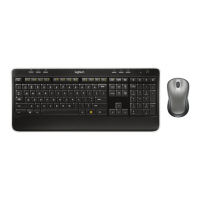
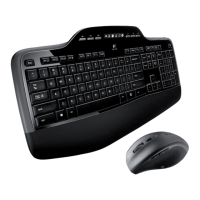
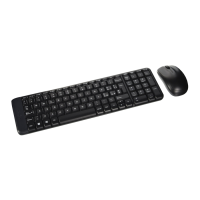
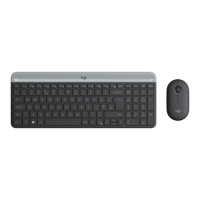
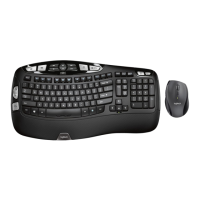
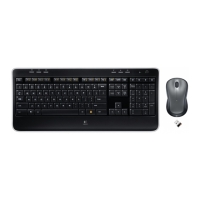
